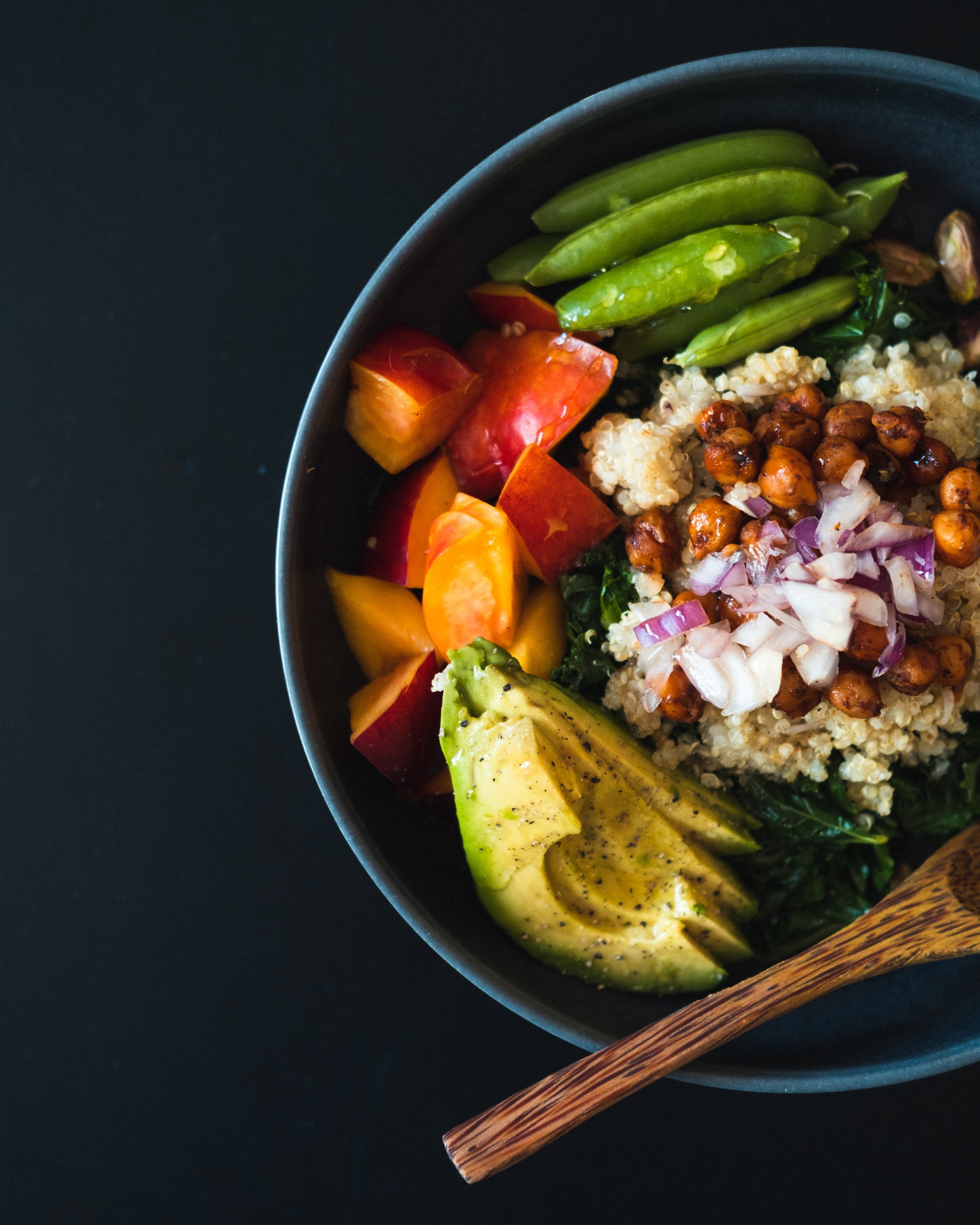Your Guide to the Elimination Diet
The first time I heard about someone doing the elimination diet was about 10 years ago and I was shocked. “You are going to starve!” “What is there left to eat?” Now, as a Naturopathic Doctor, it is something I recommend often, but I’m sure some of my patients have the exact same reaction. After having done several elimination diets myself, I now look at this diet as a great opportunity to learn more about your body, and the food you eat, while often helping to solve those pesky symptoms that never seem to get better.
WHY SHOULD I TRY AN ELIMINATION DIET?
Elimination diets help to identify your individual food sensitivities, or intolerances. Food sensitivities are different from allergies. Allergies involve activation of the immune system (IgE antibodies) in response to a benign threat, such as peanuts. This results in an anaphylactic reaction – a potentially fatal cascade requiring immediate emergency treatment.
Food sensitivities, on the other hand, are less severe and can appear up to 3 days after ingesting a certain food. Symptoms are more generalized and can include bloating, constipation and/or diarrhea, stubborn weight gain, skin issues, headaches, fatigue, brain fog, joint pain and more. When we eat a food to which are are sensitive, this causes a delayed immune reaction (IgG antibodies), resulting in inflammation and damage to the gut. This inflammation and damage makes food particles more likely to exit the digestive system, and enter our blood, which is responsible for the systemic symptoms mentioned above. There are 2 ways for identifying food sensitivities: a blood test to measure IgG reactions to certain foods, or the elimination diet. Making dietary changes is more accurate and helps you better understand your symptoms.
WHAT IS THE ELIMINATION DIET?
An elimination diet is also called a hypo-allergenic diet, because you are “eliminating” from your diet all the most common food sensitivities and allergies. The major food sensitivities in North America are: Gluten, Dairy, Eggs, Corn, Soy and Nightshade vegetables (white potatoes, tomatoes, bell peppers and eggplant). The elimination diet also eliminates caffeine, alcohol and sugar as a way to regulate blood sugar levels and help detoxify the body. Of all of these foods, gluten and dairy are the most common offendors, and sometimes I will just have my patients eliminate one of these food groups, or both, depending on their symptoms.
The foods above are eliminated for 4-6 weeks, which gives the body time to recover, and for the digestive system to heal. After that time, if your symptoms are diet-related, they should have cleared up. To find out which foods are the culprit, work with your ND to decide on which foods to re-introduce first (usually the ones that are least likely to be problematic for you), and introduce that food at every meal, then wait 3 days to see if you notice any kind of reaction.
HOW TO PREPARE
Your Naturopath will give you a list of which foods to eat, and which to avoid. This is a great time to explore the periphery of the grocery stores, and experiment with foods you have never eaten before. It is important to read labels: a lot of common processed foods have hidden ingredients - for example soy sauce has gluten in it! Anything with sweeteners or preservatives is automatically on the “avoid” list. Here is a document I provide my patients for which foods to eat, and which to avoid which also serves as a good shopping list.
There are a lot of great resources available to help give you recipe ideas. My favourite elimination diet cookbook is Delicious Detox by Carol Morley, available for purchase at my clinic in Vancouver BC.
Other great resources:
Elana’s Pantry
Gluten Free Goddess
The Healthy Apple
Inspired Home
AT RESTAURANTS:
Once you become used to making meals at home on the elimination diet, you will notice that it is very difficult to find something to eat when you go to a restaurant! You will likely have to make modifications when you eat out, but it is possible! Here are some examples to help get you started:
Ask for sandwich or burger on a bed of lettuce instead of in a bun
Instead of potatoes or french fries, ask for salad or extra vegetables
If you are having sushi, order sashimi and stay away from the deep fried rolls. Forgo the soy sauce, or bring gluten-free Tamari sauce.
Ask for dressings to be left out, or request simple olive oil and balsamic vinegar dressing, and add salt and pepper for taste
Many traditional foods are naturally gluten free: Thai, Indian, Japanese, Greek, Vietnemese etc. as they use rice instead of wheat in most of their dishes. Choose grilled options instead of fried.
Restaurants are becoming more aware of food sensitivities, and are often able to make substitutions, so don’t be afraid to ask!
Athough this diet feels difficult at first, the benefits are worth the effort. Within the first week you will notice that you are feeling better, and that the diet is not as difficult to maintain as it seemed at first. Weight loss is also common, as you eliminate processed foods and decrease the inflammation associated with food sensitivities. I guarantee you will also try foods (especially vegetables) that you have never heard of before!
Remember – this diet is not forever! It is a great tool we use to identify food sensitivities, decrease inflammation and help the body detoxify. And don’t be too hard on yourself if you slip a little bit; guilt is never healthy. Instead, give yourself a little smile and simply return to the plan.

